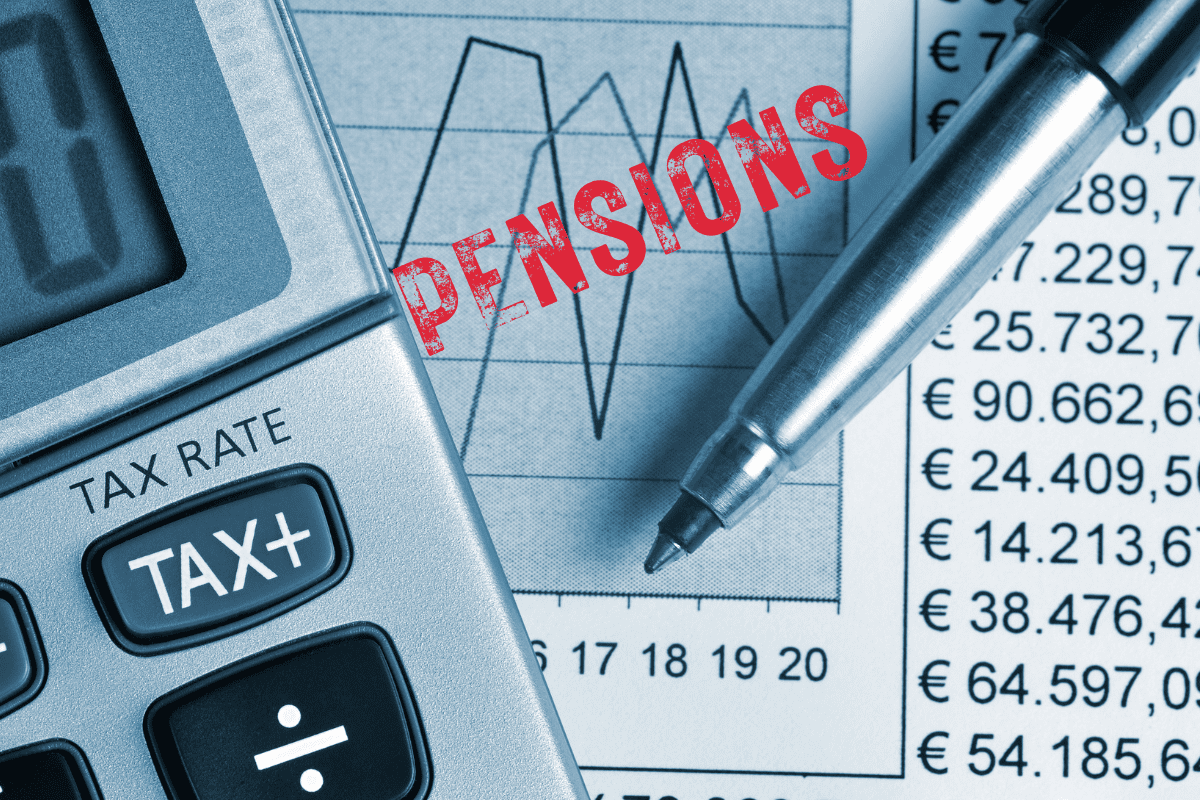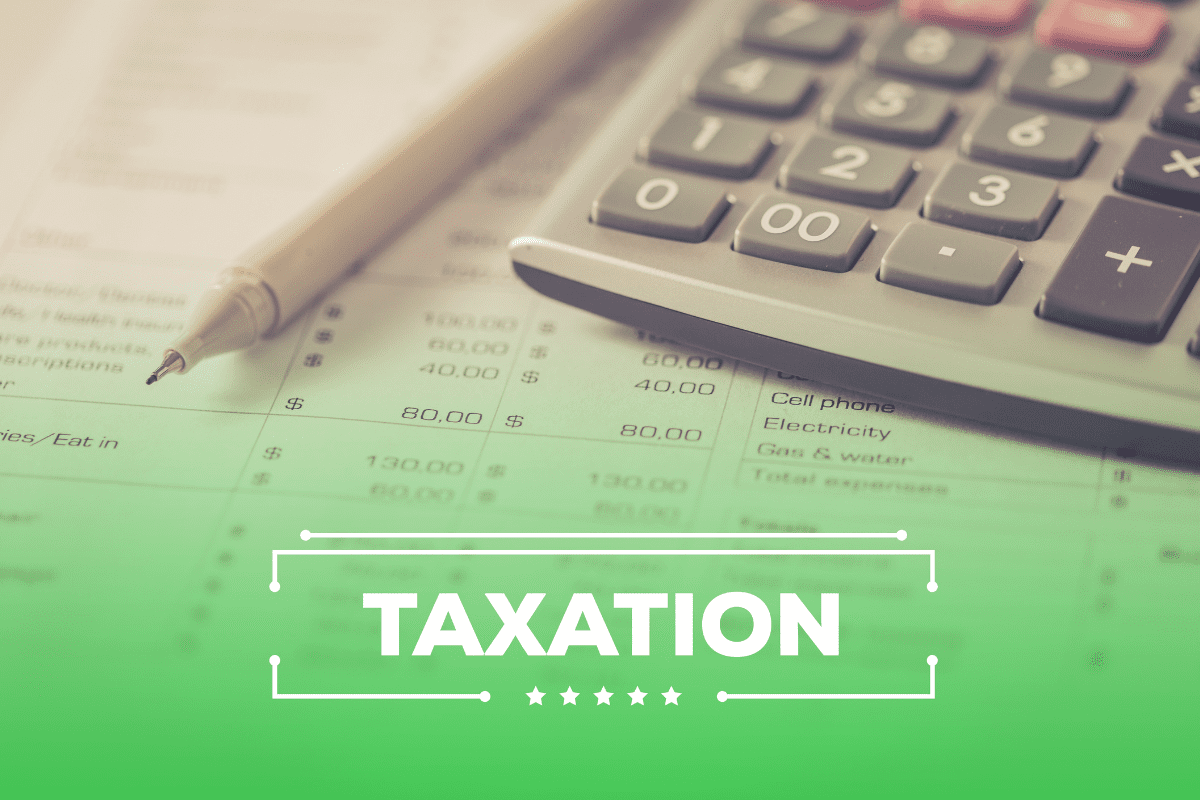So what does this mean for the taxation of your non-Italian pension
As you might imagine it’s not as simple as saying that a personal pension that you own from one country will be considered the same, for tax purposes, as an Italian private pension (previdenza complementare).
The complexity lies in the fact that because Italy cannot analyse every different type of pension in the world, it is impossible for them to legislate for each one as well. Therefore, we have to use some logical thinking, but even that may be interpreted differently by the tax authorities in Italy.
At this point you might want to take a moment’s silence for your commercialista whose job it is to make that interpretation and on whose shoulders, ultimately, that decision lands. Although it is unfair to say that they don’t have any information to hand, because one client, whose commercialista was clearly on the ball, alerted her to an ‘Istanza di Interpello’ dated 27th May 2020, (click HERE, basically it is an opinion provided by the Agenzia delle Entrate on a specific case presented by a specific individual). This interpello went some way to explaining the thinking of the Agenzia behind the taxation of pensions which fall into the EET model (exempt, exempt, taxation). The ‘opinion’ was based on a UK pension.
Taxation on accumulation or not?
What it all seems to boil down to is how the pension is taxed during the accumulation phase. Italy taxes the fund during this phase but gives a preferential tax rate when the monies are drawdown. A UK pension, for example, is not taxed during the accumulation phase, but then drawdowns are taxed at regular income tax rates. So, going back to the logical thinking approach, if someone moves to Italy with a UK pension, it doesn’t make sense that they would benefit from tax efficient growth in the fund AND be provided with a preferential tax rate on drawdown. That would constitute a double tax benefit, which I doubt the tax authorities would approve of.
It doesn’t matter what you or I think!
The interesting point here is that even with all this information and supposition, the reality is that your commercialista can still choose to apply any method of taxation that falls in any of the different models because the legislation doesn’t exist to do otherwise. Therefore, the best you can do is to take a guess.
Attention, however, because the Interpello from 27th May 2020 gives a pretty good outline into the thinking of the Agenzia regarding the EET model, in that when payments are taken they should be taxed at income tax rates, not the 15% preferential tax rate. If you are advised to, or you choose to apply the 15% preferential tax model, there is always the chance that the Ageniza could come looking at some point in the future. It’s highly unlikely given the circumstances, (in my opinion), but not beyond imagination.
Given the complexity around pensions it comes as no surprise that it is often easier to bury one’s head in the sand rather than checking exactly what you have and how it should be declared. If you have any doubts then you can always contact me for a free no-obligation analysis of your situation. It is a part of the overall service package that I provide to clients and others looking to regularise their pensions arrangements in Italy. For clients, I also liaise with their commercialista directly to clarify their current choices and determine if anything should be done differently.





